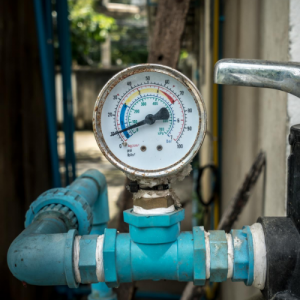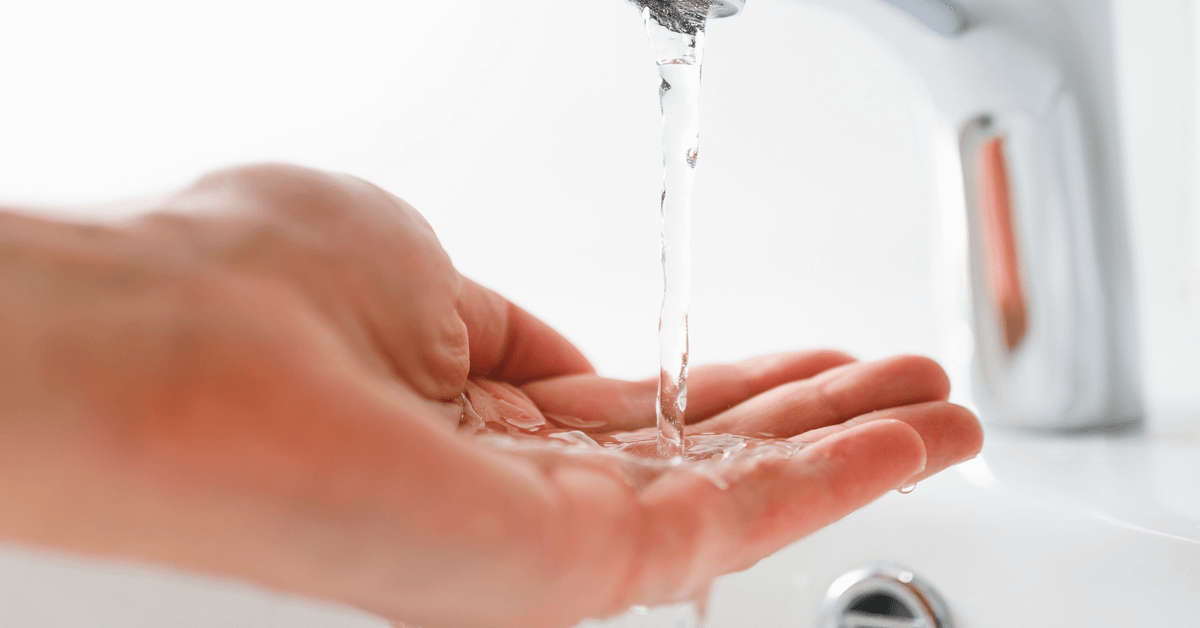Practical Fixes for Dealing with Low Water Pressure in Your Home
Practical Fixes for Dealing with Low Water Pressure in Your Home
Blog Article
What're your thoughts regarding Low Water Pressure in the House??

Low water stress in your house can be a discouraging problem, influencing every little thing from bathing to cleaning dishes. If you're experiencing weak water circulation, there are numerous possible causes and services to explore. In this guide, we'll talk about usual reasons for low water stress and useful actions to resolve the concern successfully.
Intro to Low Tide Pressure
Low tide stress takes place when the flow of water from your faucets, showers, and other fixtures is weaker than typical. This can make everyday jobs a lot more tough and less effective. Comprehending the root causes of low tide pressure is vital to finding the best solution.
Common Reasons For Low Water Stress
Faulty Pressure Regulators
Stress regulatory authorities are accountable for keeping consistent water pressure in your house. If they malfunction, it can lead to low tide pressure or unequal flow throughout your house.
Community Water Issues
Often, the issue exists outside your home. Community supply of water issues, such as main line leakages or maintenance job, can briefly reduce water pressure in your area.
Pipe Obstructions
Over time, pipes can end up being clogged with mineral deposits, sediment, or particles, limiting the flow of water. This is an usual concern in older homes with galvanized steel pipes.
Deterioration
Corrosion within pipes can lead to leakages and minimized water stress. Corrosion accumulation can restrict water circulation, specifically in maturing plumbing systems.
Exactly How to Detect Low Water Pressure
Evaluating Pipes
Inspect visible pipes for indications of leakages, corrosion, or clogs. Pay attention to any kind of uncommon noises, such as knocking or rattling pipes, which could show problems within the plumbing system.
Consulting with a Plumber
If you're unable to pinpoint the cause of low tide stress, consider working with a professional plumber to carry out a complete assessment. They can identify underlying issues and suggest suitable services.
Examining Taps and Components
Start by testing the water pressure at various faucets and fixtures throughout your home. If the problem is separated to specific locations, it might show localized troubles.
Do It Yourself Solutions to Take Care Of Low Water Pressure
Flushing Water Heater
Sediment accumulation in the water heater can restrict flow and decrease efficiency. Flushing the tank regularly helps eliminate sediment and maintain ideal performance.
Examining Pressure Regulatory Authority
Make sure that the pressure regulator is functioning correctly. Changing or replacing the regulatory authority can assist recover appropriate water stress throughout your home.
Cleaning Aerators and Showerheads
Natural resources can build up in aerators and showerheads, minimizing water flow. Eliminate and clean these elements on a regular basis to enhance water stress.
Clearing Up Clogs in Water Lines
For small blockages, attempt utilizing a plumbing snake or chemical drainpipe cleaner to clear blockages in pipes. Beware when utilizing chemicals and comply with security guidelines.
When to Call a Professional Plumber
If do it yourself initiatives fail to deal with the problem or if you believe considerable plumbing problems, it's ideal to seek support from a certified plumber. They have the competence and devices to deal with complicated issues securely and successfully.
Safety Nets to Maintain Water Stress
Setting Up a Pressure Booster
Take into consideration setting up a pressure booster pump to boost water stress in areas with regularly low circulation. This can be especially valuable for multi-story homes or residential or commercial properties with high-demand fixtures.
Surveillance Water Usage
Be mindful of water use behaviors and stay clear of overtaxing the plumbing system. Basic changes, such as staggering showers and laundry lots, can assist maintain appropriate water pressure.
Routine Upkeep
Schedule regular maintenance for your plumbing system to prevent problems such as deterioration, leaks, and clogs. Dealing with small issues early can help prevent even more substantial repair work later.
Conclusion
Handling low water pressure can be discouraging, yet determining the underlying causes and carrying out appropriate services can restore optimum flow throughout your home. Whether it's cleaning up aerators, evaluating pipes, or talking to a plumber, taking proactive actions can make sure a constant supply of water for your day-to-day demands.
FOUR WAYS TO FIX LOW WATER PRESSURE NOW
Turning on a shower or faucet only to find the water comes out in a sad, slow drizzle is never a good feeling. How exactly are you supposed to wash a pan or take a quick shower when it takes 10 minutes just to rinse off a little soap? The good news is that when your water pressure is bad, there's always a cause: typically one that can be easily fixed. Here are some of the most common causes of low pressure and what you can do to fix the issue:
DEBRIS AND MINERAL DEPOSIT BUILDUPS
If you notice low water pressure from just one or two of the fixtures in your house, the problem likely has to do with debris buildup. Water is full of minerals and other debris, all of which can accumulate in your pipes and on your fixtures. This can cause a blockage that affects how much water flows through. To fix this, try filling a small plastic bag with white vinegar, and use a rubber band to hang it around your showerhead or faucet. Let the head of the fixture soak for a few hours, and the vinegar should loosen the deposits.
WATER LEAKS
Leaks are another common cause of low water pressure. If water is flowing out of your plumbing through a hole or crack before it can reach your fixture, the pressure coming out of the faucet or showerhead will be lower. A plumbing professional is your best bet for finding and repairing a leak in your water supply pipes.
Leaks are another common cause of low water pressure. If water is flowing out of your plumbing through a hole or crack before it can reach your fixture, the pressure coming out of the faucet or showerhead will be lower. A plumbing professional is your best bet for finding and repairing a leak in your water supply pipes.
A VALVE ISSUE
If you have low water pressure throughout your home, check your main shut-off valve to make sure it's completely open. You may also want to see if there's a pressure-reducing valve installed. If there is, have a plumber help you adjust the settings to get the pressure you're looking for.
OTHERS USING WATER
Believe it or not, your low water pressure could be caused by your neighbors. If you notice low pressure at certain times of day, it may be because you and the people living next to you have similar schedules - when everyone is showering at the same time, the pressure will be lower in every home. Low pressure throughout the neighborhood may also be caused by an issue with your municipal water supply. If that's the case, call the supplier to see if they're working on the issue.
https://www.rotorooter.com/blog/water-leaking/low-water-pressure-fixes/

Hopefully you enjoyed reading our post on . Thanks so much for taking the time to browse our article post. Appreciated our blog? Please quickly share it. Help somebody else locate it. Many thanks for being here. Don't hesitate to visit our website back soon.
Click Here Report this page